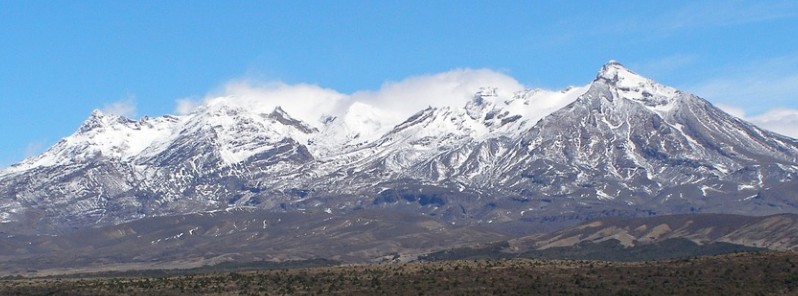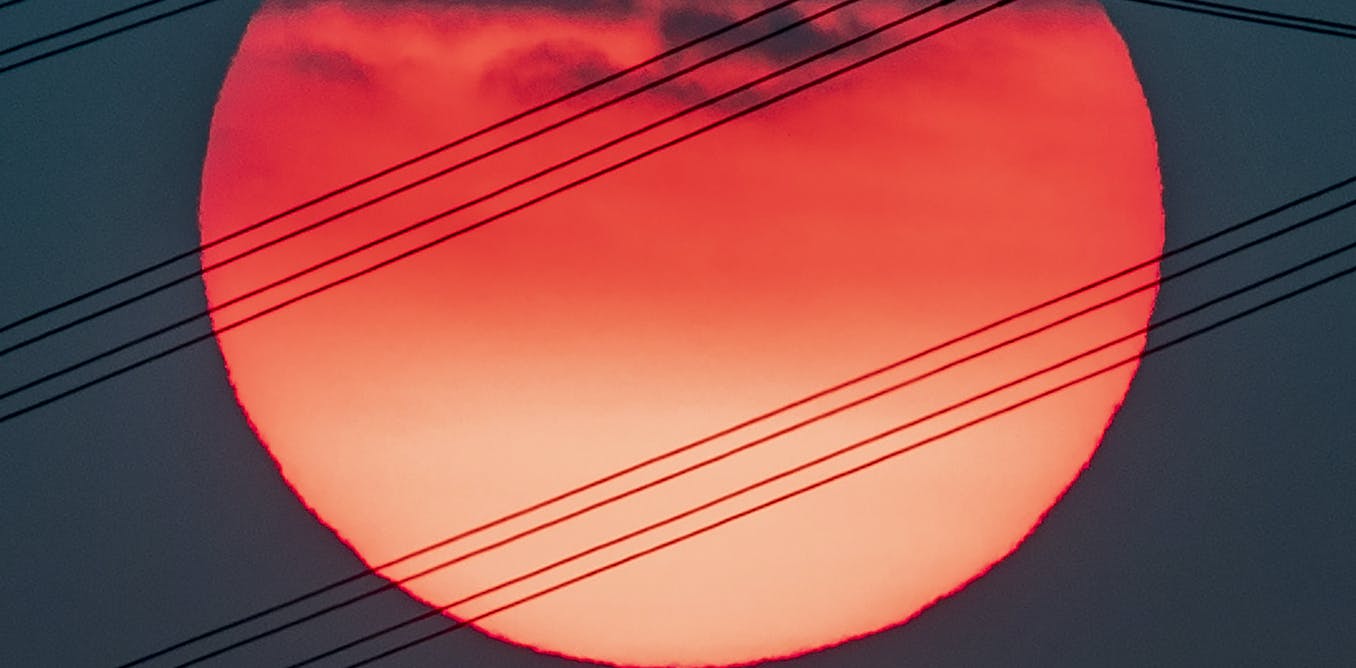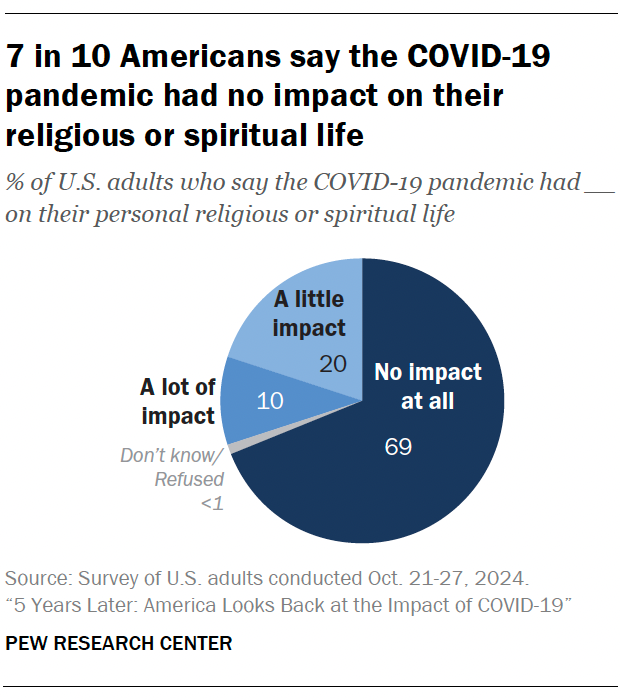Recent activity at New Zealand’s Ruapehu volcano has shown an increase in the temperature of the summit Crater Lake, known as Te Wai ā-moe, rising to more than 30 °C (86 °F) and consistent with heat flow into the lake of about 150-200 MW. Despite this, the level of volcanic unrest activity remains low, with monitoring indicators remaining within the normal range for this type of activity. The Volcanic Alert Level remains at Level 1 and the Aviation Color Code remains Green, indicating a low risk of eruption.
- The public is advised to avoid entering an area of 700 m (2 300 feet) around the center of Te Wai ā-moe or Crater Lake and also to refrain from camping in valleys or on the Summit Plateau.
On December 27, 2022, the temperature of the Crater Lake peaked at 35.5 °C (95.9 °F), and during this time, the heat input increased to around 400 WM to support the heating phase. The level of volcanic tremor was slightly elevated mid-late December 2022, however, it has remained weak since then. Gas scanning equipment and a gas flight have confirmed an increase in gas output during the lake heating phase. The Crater Lake has also been overflowing during this time.1
Analyses of water samples from the lake collected on December 21, 2022, show no changes in the lake chemistry, indicating that there is no evidence of chemical interaction between magma and the hydrothermal system beneath the lake.
The current low levels of volcanic tremor, the Crater Lake chemistry data, and the peaking of the Crater Lake temperature are consistent with a low level of volcanic unrest at Mt. Ruapehu. As a result, the Volcanic Alert Level remains at Level 1, and the Aviation Color Code remains Green.
It is important to note that while the Volcanic Alert Level is currently at Level 1, indicating that the primary hazards are those expected during volcanic unrest, such as steam discharge, volcanic gas, earthquakes, landslides, and hydrothermal activity, there is still potential for eruption hazards and eruptions can occur with little or no warning.
The Department of Conservation in New Zealand advises the public to avoid entering an area of 700 m (2 300 feet) around the center of Te Wai ā-moe or Crater Lake and also to refrain from camping in valleys or on the Summit Plateau. The closer one is to Te Wai ā-moe and the longer the stay, the higher the risk of exposure.
Geological summary
Ruapehu, one of New Zealand’s most active volcanoes, is a complex stratovolcano constructed during at least four cone-building episodes dating back to about 200 000 years ago.
The 110 km3 (26.4 mi3) dominantly andesitic volcanic massif is elongated in a NNE-SSW direction and surrounded by another 100 km3 (24 mi3) ring plain of volcaniclastic debris, including the Murimoto debris-avalanche deposit on the NW flank.
A series of subplinian eruptions took place between about 22 600 and 10 000 years ago, but pyroclastic flows have been infrequent. A single historically active vent, Crater Lake, is located in the broad summit region, but at least five other vents on the summit and flank have been active during the Holocene.
Frequent mild-to-moderate explosive eruptions have occurred in historical time from the Crater Lake vent, and tephra characteristics suggest that the crater lake may have formed as early as 3 000 years ago. Lahars produced by phreatic eruptions from the summit crater lake are a hazard to a ski area on the upper flanks and to lower river valleys.2
1 Crater Lake temperature rise, volcanic unrest remains low for Mt Ruapehu. The Volcanic Alert Level remains at Level 1 – GeoNet – January 17, 2023
2 Ruapehu – Geological summary – GVP




